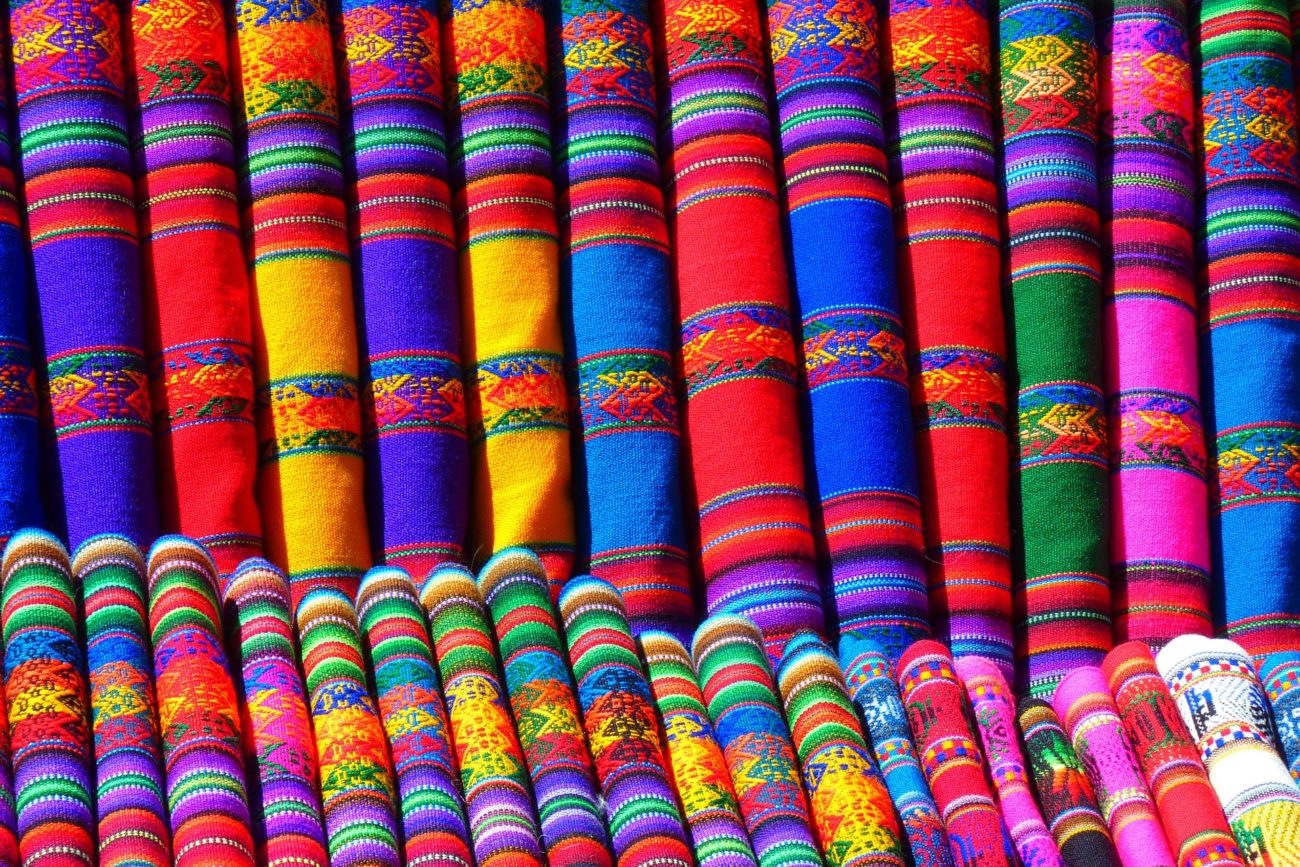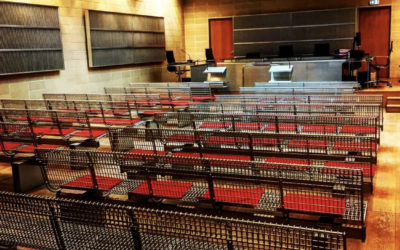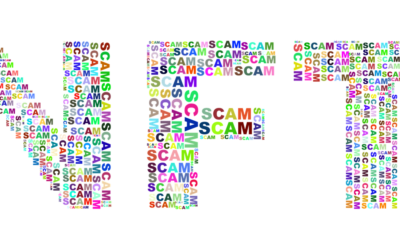Ban on the disposal of unsold textile products: the intervention of the bailiff
The Prime Minister, Edouard Philippe, announced the roadmap presenting 50 measures for a 100% circular economy. Among these measures, the 15th consists of a ban on the disposal of unsold textile products. This is the application to the textile industries of the law proposed by MP Guillaume Garot and adopted on February 3, 2016. This law already prohibits the food industry from disposing of unsold products that are fit for consumption.
Asked about this ban on throwing away unsold textile products, Valérie Fayard, Emmaus' Deputy Executive Director, welcomes the decision:
"For the moment, nothing is really specified, it's a roadmap for presentation, but it's good news. The 2019 deadline will enable the government to take stock of the situation, calculate the number of tonnages thrown away, the procedures implemented by the brands, the difficulties...".
A Danish investigative broadcast indicated that H&M has reportedly burned nearly 12 tonnes of clothing since 2013.
The Prime Minister has promised to adopt a law by 2019 to transpose the new European directive on waste. Pending the enactment of a law, regulatory measures and community initiatives will be put in place.
Voluntary commitments by companies" are also being sought by the executive.
Find here the 50 measures for a 100% circular economy
However, in order to allow a tracing of the donation in kindIt is recommended to have a bailiff's report drawn up at the time of loading of the textile consignments to establish the reality of the donation and the possible declawing of the donated goods. Indeed, even if the association will give the company most of the time a Cerfa form N° 11580*03, before the tax authorities, only a bailiff's report will have an absolute probative force, in accordance with the law of December 22nd, 2010.
It will be thanks to this observation, together with the Cerfa 11580*03 form, that theThe company will be able to write off inventory from its assets.
Concretely, the bailiff will checkOne by one, the concordance of the recapitulative listing of the textile pieces that are the object of the donation.
When the stock is very large, he will use the technique of sampling, taking several references from the list, noting the reality of the quantity of stock.
In both cases, the bailiff will also be able to note the declawing carried out.
Conversely, theundertaking faced with a stock of importable, perforated, torn or irremediably stained articles will also have an interest in having the state of this stockpile, which is doomed to destruction.
To make an appointment: click on the button below :




